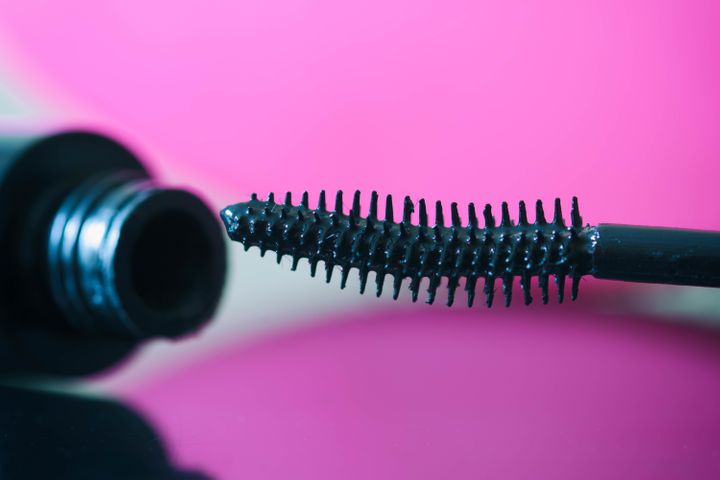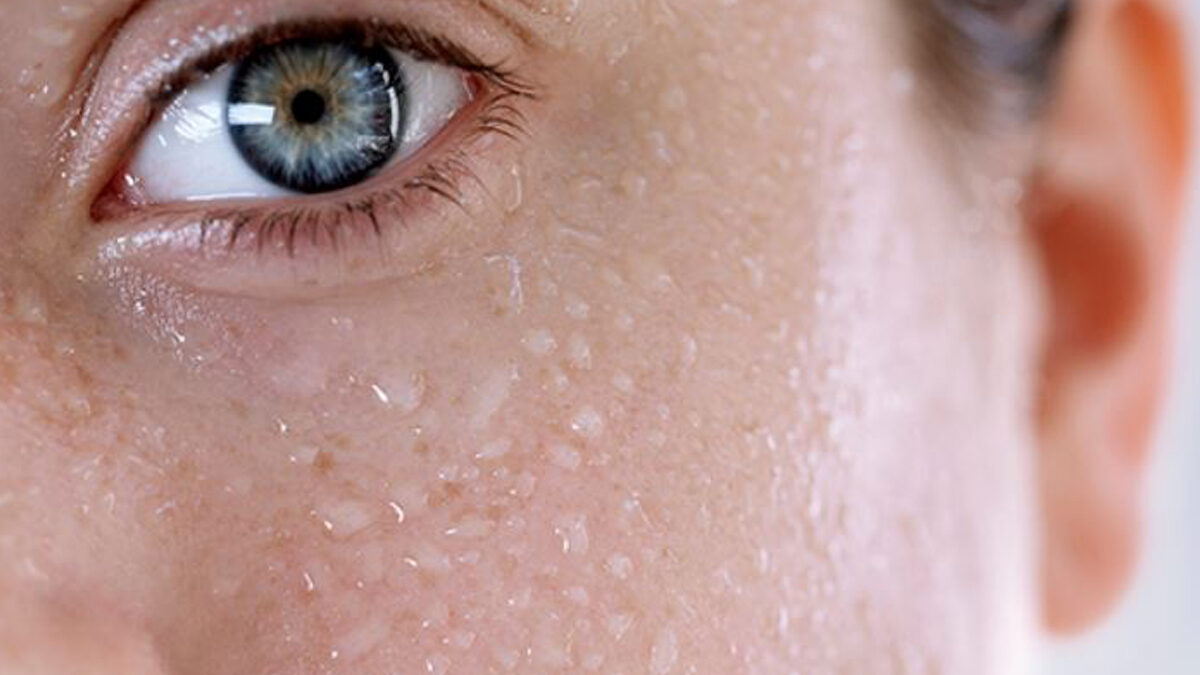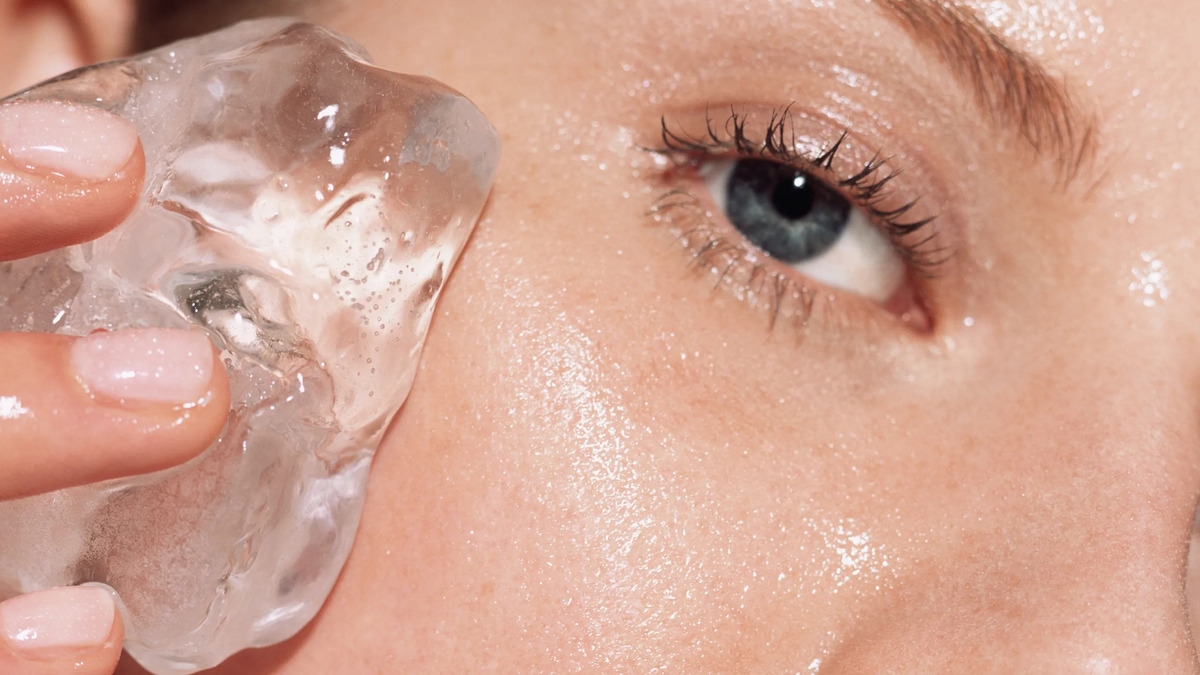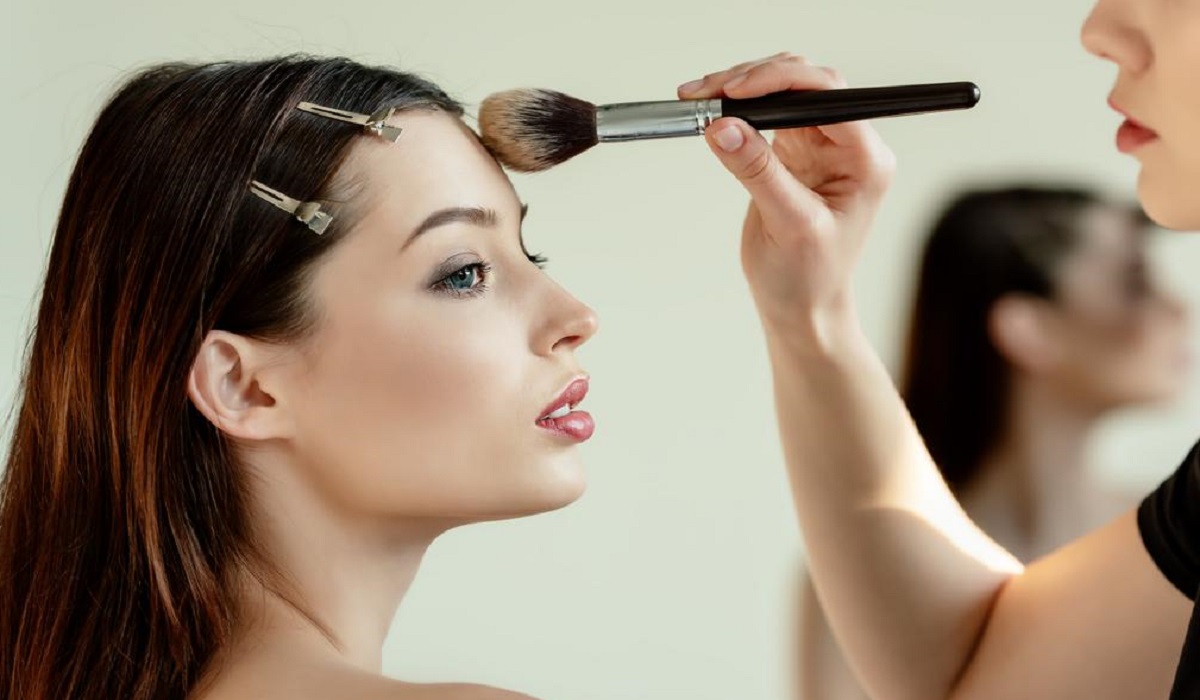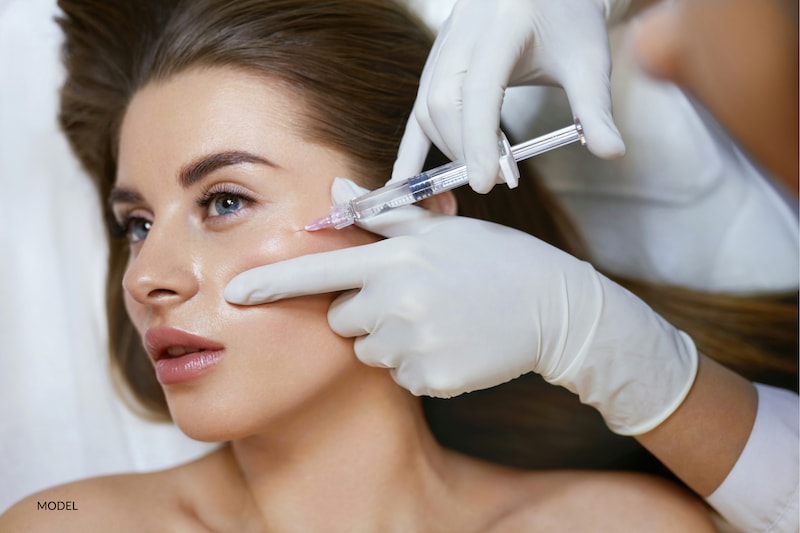
Over the past decade, dermal fillers have gained immense popularity as a non-surgical solution for facial rejuvenation and enhancement. While these injectable treatments offer impressive results, there is a growing concern known as “filler fatigue.” Filler fatigue refers to the diminishing satisfaction or perceived lack of effectiveness experienced by some individuals after repeated filler treatments. In this article, we will delve into the concept of filler fatigue, exploring its causes, symptoms, and potential strategies to address this phenomenon.
What is Filler Fatigue?
Filler fatigue can be described as a psychological state in which individuals become less satisfied with the outcomes of dermal filler treatments over time. It is characterized by a sense of diminishing returns or the feeling that the effects of fillers are not as noticeable or long-lasting as they once were. This phenomenon can lead to frustration, disappointment, and a desire for alternative treatment options.
Causes of Filler Fatigue:
Several factors contribute to the development of filler fatigue. Firstly, repeated exposure to the same aesthetic outcome can lead to habituation or a psychological adaptation to the visual changes brought about by fillers. The initial excitement and novelty may wane as individuals become accustomed to their enhanced appearance. Additionally, unrealistic expectations, influenced by social media and the “perfect” images portrayed, can contribute to filler fatigue when the achieved results do not align with these idealized standards.
Impact of Individual Biology:
Individual biological factors also play a role in filler fatigue. The body’s natural metabolism and breakdown of hyaluronic acid, the most common filler substance, can vary from person to person. Some individuals may experience a faster breakdown of the filler material, leading to a shorter duration of effectiveness. Additionally, the rate of collagen production, which contributes to the longevity of filler results, can differ among individuals, affecting the overall satisfaction with the outcomes.
Overfilling and Unnatural Results:
Another contributing factor to filler fatigue is overfilling or excessive use of dermal fillers. When practitioners inject an excessive amount of filler or place it incorrectly, it can result in an unnatural appearance or distortion of facial features. Over time, individuals may develop dissatisfaction as the overfilled areas settle and create an imbalance in facial proportions. This can contribute to the perception that fillers are no longer effective or desirable.

Addressing Filler Fatigue:
To address filler fatigue, open communication between the patient and the practitioner is crucial. Patients should express their concerns, expectations, and desired outcomes clearly, allowing the practitioner to tailor the treatment accordingly. Additionally, practitioners should provide realistic expectations and educate patients about the limitations and potential longevity of fillers. This helps manage expectations and minimize the risk of filler fatigue.
Combination Approaches and Alternative Treatments:
In cases of filler fatigue, alternative treatments or combination approaches can be considered. These may include neuromodulators such as Botox, which relax facial muscles and reduce the appearance of wrinkles, or collagen-stimulating treatments like Sculptra, which promote natural collagen production for long-lasting results. These alternatives can provide a refreshed look and offer a different approach to facial rejuvenation.
Time Intervals and Maintenance:
Proper spacing between filler treatments can also help mitigate filler fatigue. Allowing sufficient time for the body to metabolize previous fillers and for natural collagen production to take place can help ensure optimal results with subsequent treatments. Additionally, maintenance treatments at appropriate intervals can help maintain the desired outcomes and minimize the risk of filler fatigue.
Embracing Natural Aging:
Lastly, embracing the natural aging process and understanding that fillers are not a permanent solution can help manage filler fatigue.
Filler fatigue is a phenomenon that has emerged alongside the popularity of dermal fillers in aesthetic procedures. It is important to recognize and understand the causes and impact of filler fatigue to address patient concerns and optimize treatment outcomes. Unrealistic expectations, habituation to visual changes, individual biological factors, and overfilling can contribute to the diminishing satisfaction experienced by some individuals. To combat filler fatigue, clear communication between patients and practitioners is vital, allowing for realistic expectations and tailored treatment plans. Exploring alternative treatments, maintaining appropriate time intervals between treatments, and embracing the natural aging process can also help mitigate filler fatigue. By understanding filler fatigue and implementing strategies to manage it, patients can navigate the world of aesthetic procedures with greater satisfaction and confidence, achieving results that align with their expectations and personal goals.



